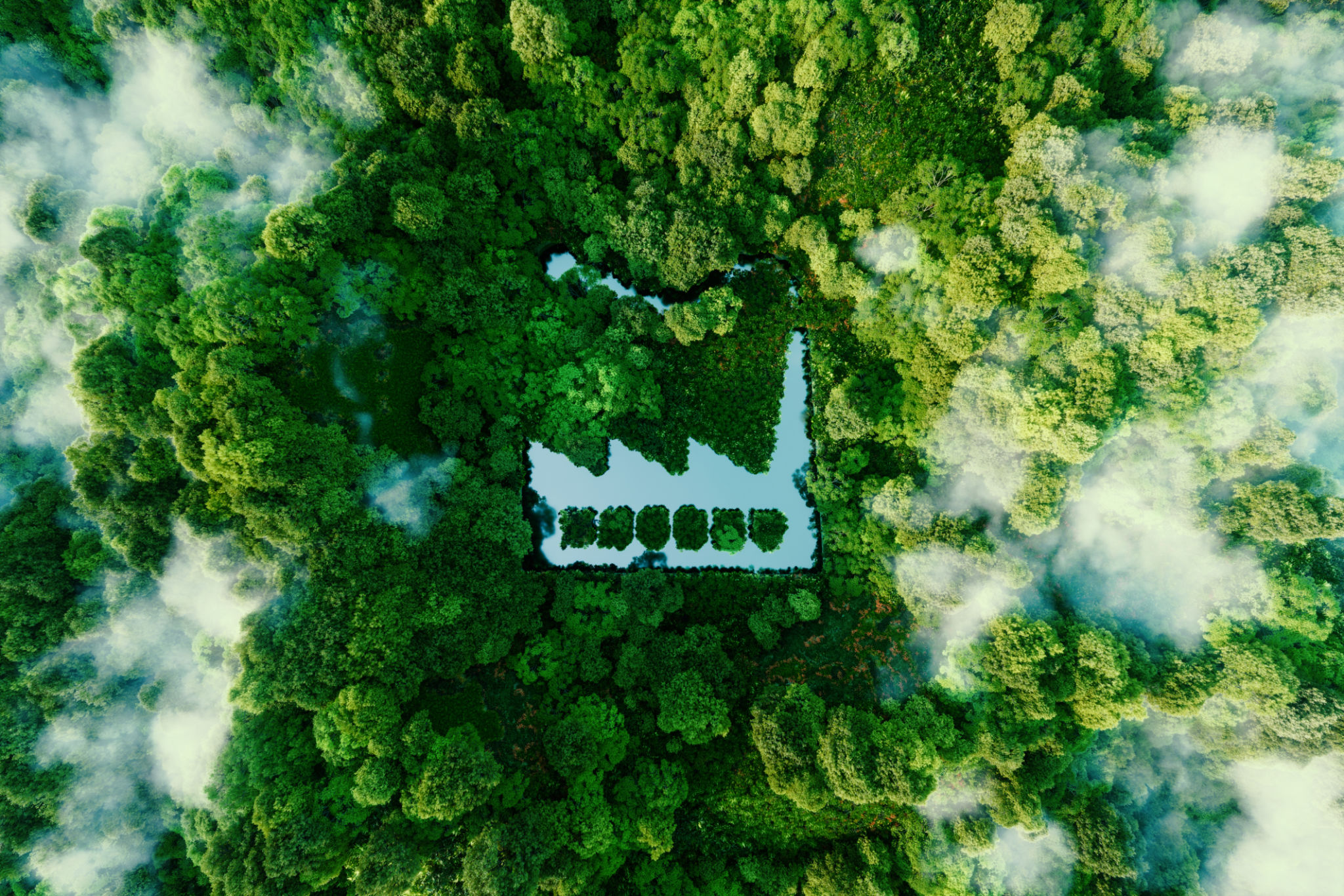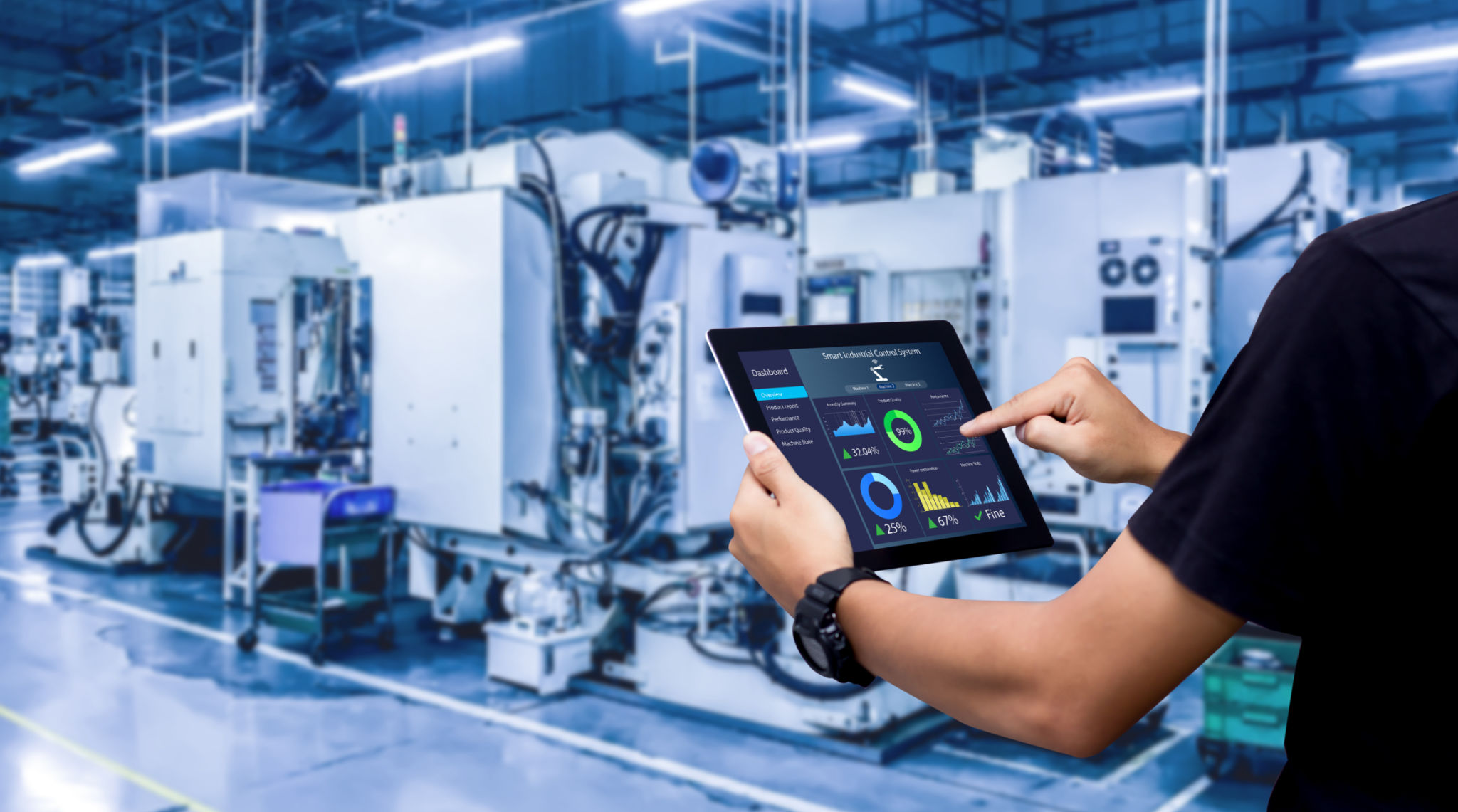Expert Insights: The Future of Industrial Design and Manufacturing
Understanding the Shift in Industrial Design
The landscape of industrial design is undergoing a significant transformation. As technology continues to evolve, so do the tools and methodologies employed by designers. This shift is not just about aesthetics; it's about creating efficient, sustainable, and user-friendly products. The integration of digital tools and technologies like 3D modeling, augmented reality, and virtual reality is reshaping the way products are conceived and developed.

One of the most notable changes is the move towards a more user-centric approach. Designers are now focusing on understanding the needs and behaviors of end-users more deeply. This shift is driven by the increasing demand for products that not only function well but also provide a seamless user experience. By leveraging data analytics and user feedback, designers can create products that align more closely with consumer expectations.
The Role of Sustainability in Manufacturing
Sustainability has become a cornerstone in the future of industrial design and manufacturing. With growing environmental concerns, there is an increasing pressure on industries to adopt eco-friendly practices. This includes using sustainable materials, reducing waste, and minimizing energy consumption throughout the manufacturing process. Companies are being urged to think beyond profit margins and consider their environmental impact as a critical component of their business strategy.
Furthermore, the rise of circular economy models is encouraging manufacturers to rethink product life cycles. Instead of the traditional linear model of production, use, and disposal, companies are exploring ways to recycle and repurpose materials. This not only helps in reducing waste but also conserves resources, making the manufacturing process more sustainable.

The Impact of Automation and AI
Automation and artificial intelligence (AI) are revolutionizing manufacturing processes. Automated systems increase efficiency and accuracy, allowing for more complex designs to be produced at a faster rate. AI, on the other hand, enhances predictive maintenance, quality control, and supply chain management. These technological advancements are enabling manufacturers to reduce costs while maintaining high standards of quality.
Despite the benefits, the rise of automation and AI also raises questions about the future workforce. As machines take over repetitive tasks, there is a growing need for skilled workers who can manage and program these advanced systems. This shift highlights the importance of education and training programs that prepare workers for new roles in this evolving landscape.

Customization and Personalization
In an era where consumers value individuality, customization and personalization are becoming key trends in industrial design. Modern technology enables manufacturers to offer personalized products at scale. From custom-fit clothing to tailored electronic devices, the possibilities are expanding rapidly. This shift not only meets consumer demands but also opens new market opportunities for businesses willing to embrace these trends.
Customization goes beyond aesthetics; it involves creating products that better fit individual needs and preferences. For manufacturers, this means adopting flexible production techniques that can accommodate variations without significant cost increases. Technologies such as 3D printing are playing a pivotal role in making customization more accessible and affordable.
The Road Ahead
The future of industrial design and manufacturing is filled with exciting possibilities. As industries continue to evolve, staying ahead requires a willingness to embrace change and innovation. Companies that prioritize sustainability, leverage advanced technologies, and focus on user-centric design will not only thrive but also contribute positively to society.

In conclusion, the convergence of design, technology, and sustainability is reshaping the industrial landscape. By looking ahead and adapting to these changes, businesses can ensure they remain competitive in a rapidly changing world.
